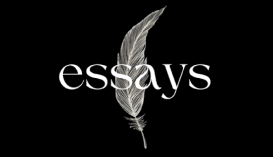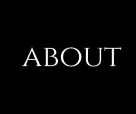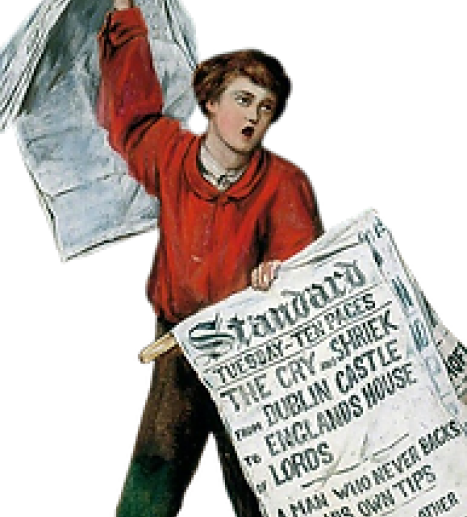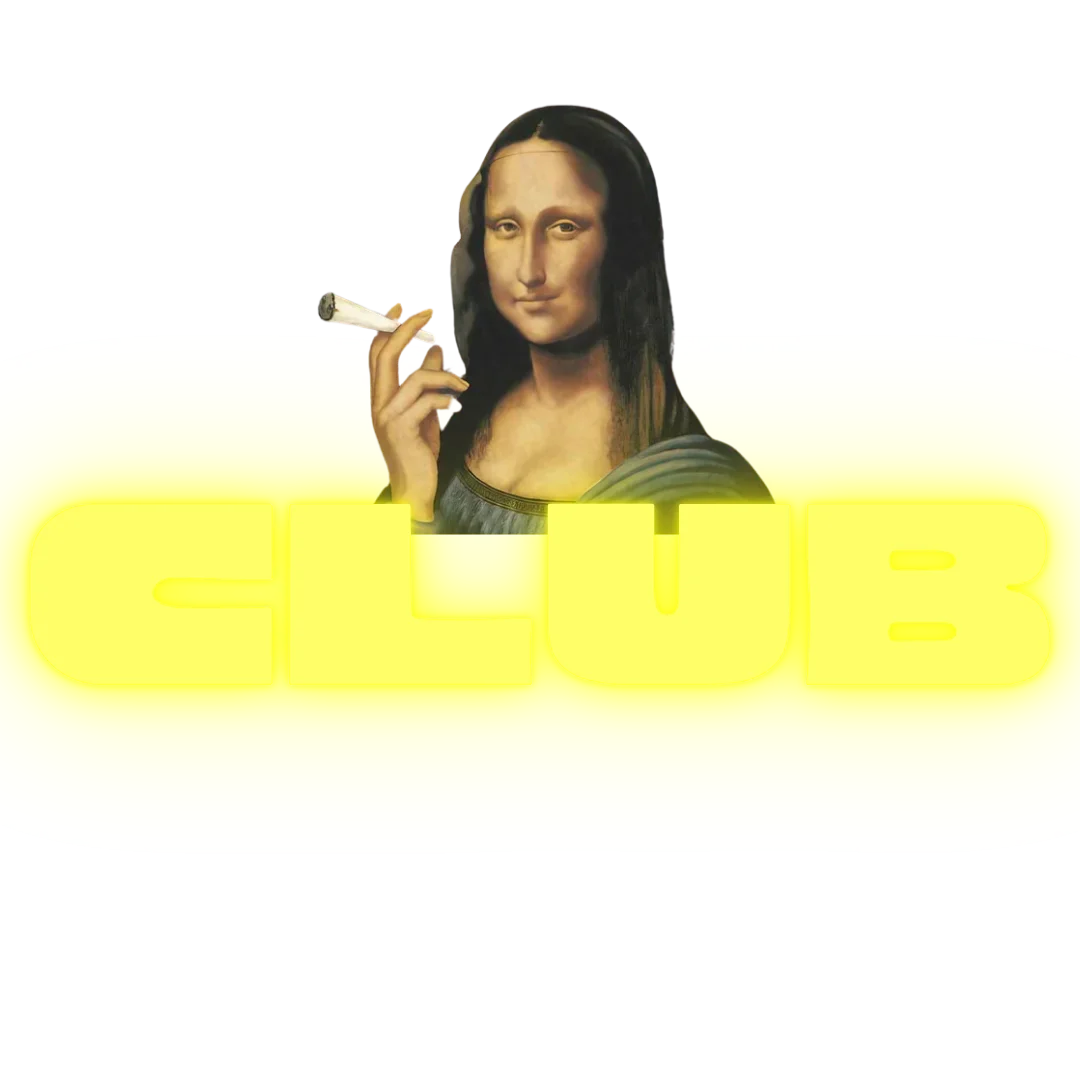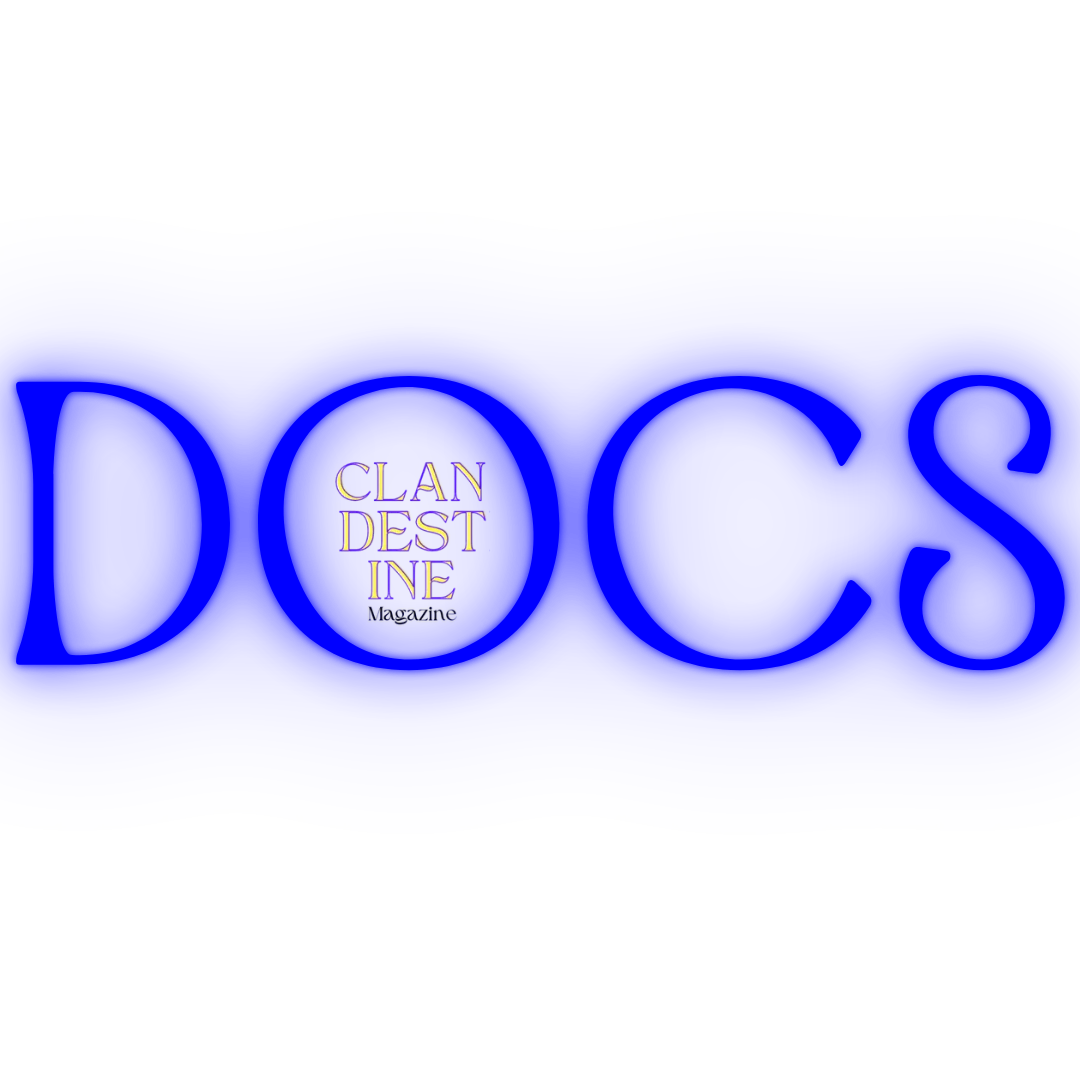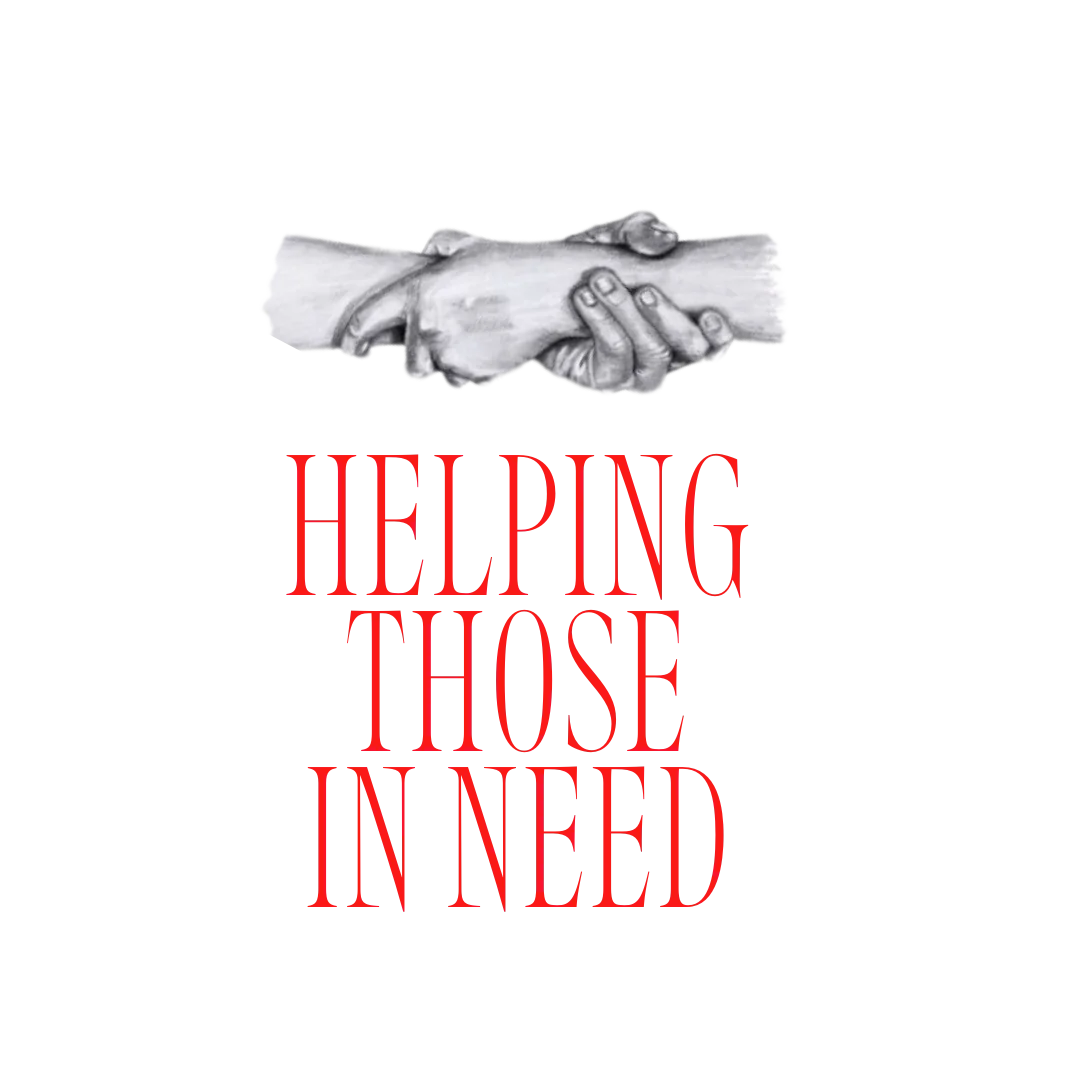The Warburg Institute – 31 January-30 April 2025
The Warburg Institute will devote the inaugural international exhibition in its new Kythera Gallery to TAROT—ORIGINS & AFTERLIVES.
Tarot cards are everywhere in contemporary culture; but where do they come from, and what is at stake in the different forms they have taken? Few sets of symbols have travelled as widely or been put to a more radical range of uses. This ground-breaking exhibition will present a sequence of critical moments from tarot’s long history up to the present day, exploring the cards’ origins as a recreational game in Renaissance Italy and the profound transformations they have undergone over time in the hands of artists, mystics and writers.
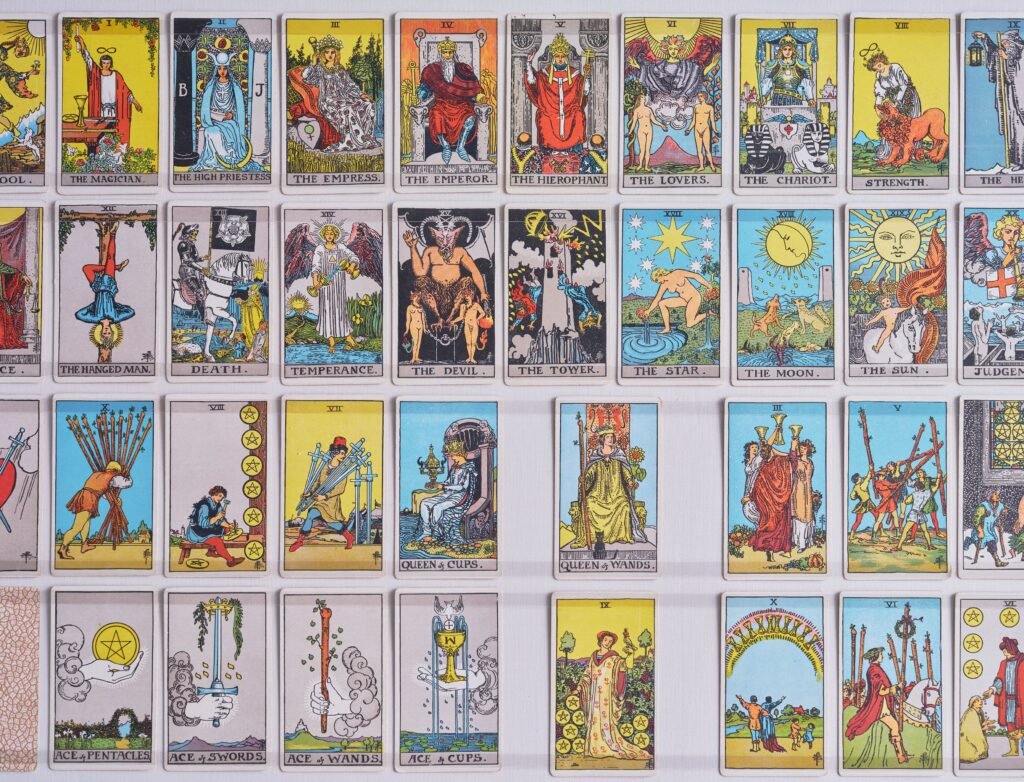
The Warburg Institute is the ideal context in which to present the UK’s first historical overview of tarot, showing many important examples for the first time. The Institute’s founder, Aby Warburg (1866-1929), was among the first modern scholars of tarot cards, opening up their complex relations to both astrology and iconography. Warburg’s library has long served as one of the world’s leading resources for the history of both art and magic, but this exhibition will mark the first time that many of its treasures are publicly displayed, including Frieda Harris’s large and powerful paintings for the Thoth Tarot, created in collaboration with the notorious occultist Aleister Crowley in the 1930s and 1940s.
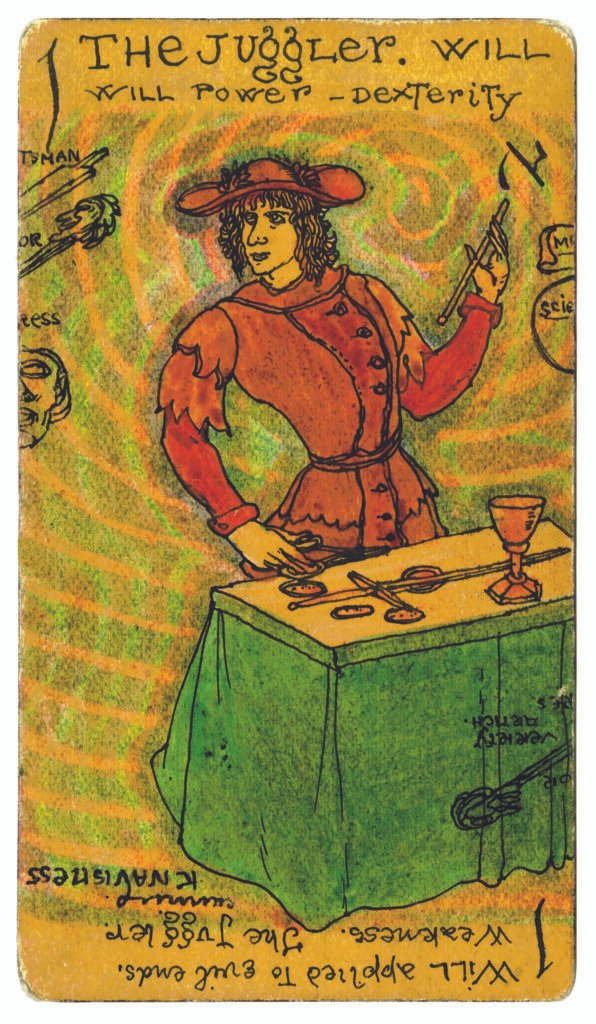
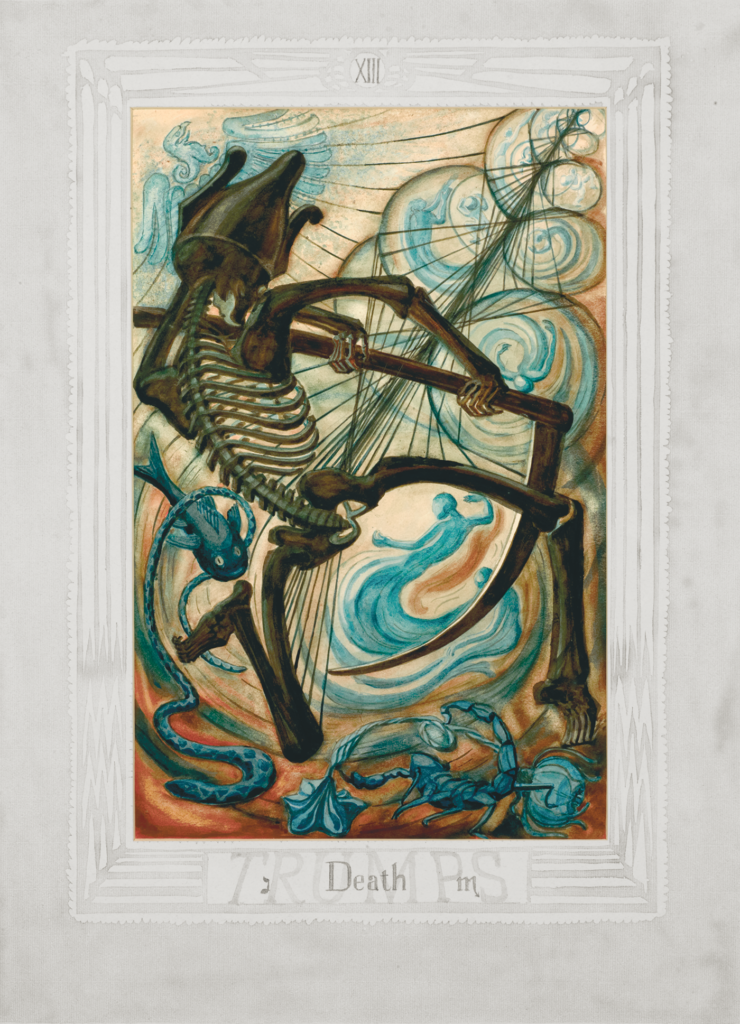
Works from the institute’s own collection will be supplemented by loans from a wide range of institutions and private collections. Arranged chronologically, the exhibition will demonstrate tarot’s remarkable evolution from a trick-taking card game in the 15th century to its new role as a divinatory device and carrier of occult wisdom in the 18th and 19th centuries.
The exhibition will examine the importance of tarot during the British occult revival, showing how artists such as Pamela Colman Smith (co-creator with Arthur E. Waite in 1909 of the Rider-Waite-Smith deck) looked both backward and forward—drawing on historical images while establishing new conventions for the future. More than sixty years later, Italian writer Italo Calvino would describe tarot as a “combinatorial narrative machine” and use cards from the historical Visconti and Marseille tarot decks to generate the fictional stories in his book The Castle of Crossed Destinies.
In the 21st century, British artist Suzanne Treister’s HEXEN 2.0 and new HEXEN 5.0 decks recast tarot’s archetypal figures in decks intended to be used as speculative learning tools by groups to discuss and envision positive alternative futures. The exhibition concludes with a Tarotkammer—a cabinet of curiosities featuring adiverse collection of tarot decks by contemporary artists filling the shelves of Edmund de Waal’s Library of Exile. Here we see not only the continued strong interest in the form amongst artists, but also a version of tarot emerging perhaps more reflective of its ludic and humanist origins — a serious game used to mediate complexity, model resistance and prompt alternative worlds.
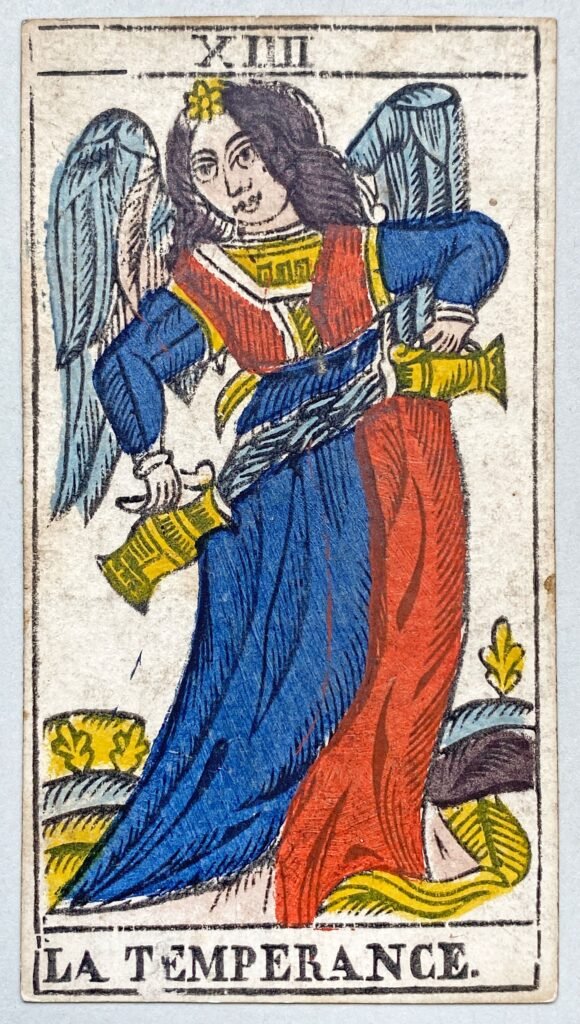

Among the exhibition’s star objects are:
• Samples of the mid-fifteenth century Visconti tarot cards from Northern Italy, the world’s earliest surviving examples of the form
• Fragmentary playing cards found during archaeological work at the Castello Sforzesco in Milan, one dating from a period when Leonardo da Vinci was working at the castle in the 1490s
• A selection from the so-called Mantegna Tarocchi, a set of old master prints housed at the British Museum and once thought to be Andrea Mantegna’s designs for tarot cards
• A unique tableau of Etteilla’s Livre de Thot cards from 18th-century France (now in the Wellcome Collection), and the first tarot cards explicitly designed for fortune-telling
• Frieda Harris’s stunning paintings for infamous occultist Aleister Crowley’s Thoth Tarot, on display for the first time in England since the artist’s death in 1962
• Austin Osman Spare’s hand-painted tarot deck from around 1906, featuring his experimental system connecting its cards at their borders, and which recently resurfaced after more than 70 years in the collections of The Magic Circle;
• Selections from Suzanne Treister’s new HEXEN 5.0 tarot deck, a timely update of her widely- known HEXEN 2.0 project, which use tarot’s taxonomies to examine the relationship between new technologies, alternative belief systems and the potential futures of humanity.
• A Tarotkammer featuring tarot decks by contemporary artists including Courtney Alexander, Katie Anderson, Ugo Dossi, Sharon Gal, Invasorix, King Khan & Michael Eaton, Plastique Fantastique, John Walter, Candida Powell-Williams and Anna Zett. The exhibition is curated by Jonathan Allen and Martina Mazzotta, both Associate Fellows at The Warburg Institute, and Bill Sherman, Director of The Warburg Institute.
An extensive public programme will accompany the exhibition, including lectures, screenings, readings and the UK premiere of a new augmented-reality project, Trinity Tarot Garden, by Italo-German artist Ugo Dossi.
Professor Bill Sherman, Director of The Warburg Institute, said: Everyone knows that tarot is everywhere right now. But few have had the opportunity to see its long history, covering more than five centuries of cultural and countercultural work. We at the Warburg are thrilled to be hosting this historic show.
The Warburg Institute
University of London, School of Advanced Study, Woburn Square, London, WC1H 0AB
Free admission, timed-tickets required and will be available to book via:
warburg.sas.ac.uk/events/tarot-origins-and-afterlives-2025








